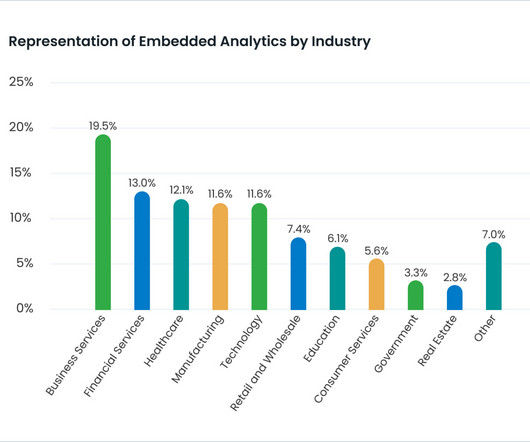The future of data: A 5-pillar approach to modern data management
CIO Business Intelligence
DECEMBER 11, 2024
This article proposes a methodology for organizations to implement a modern data management function that can be tailored to meet their unique needs. Pillar #3: Analytics and reporting This pillar represents the most traditional aspect of data management, encompassing both descriptive and diagnostic analytics capabilities.













Let's personalize your content